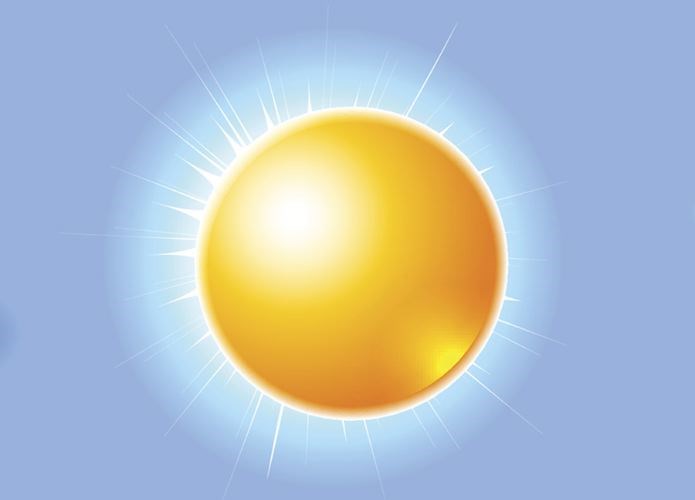The first heat wave of the summer is expected to settle over the city by early next week.
The cool, showery weather pattern that has been affecting B.C. for the last couple weeks will start to give way to a strong and persistent ridge of high pressure that will deliver temperatures approaching 30 C by Monday, according to Environment Canada.
The pattern, brought on by a subtropical ridge of high pressure, should last a week to 10 days,
"A subtropical high is what keeps California warm most of the year," Environment Canada meteorologist Doug Lundquist said Friday. "It builds north in the summertime to get to British Columbia."
He said the pattern usually doesn't show up until the latter part of July. Norms for this time of year are in the 20 C range.
"This is really early for that to happen, but that's what's happening. The subtropical high is building into our area, it's going to stay firmly entrenched for about a week at least and maybe longer," Lundquist said. "It's pumping some really, really warm air over us and sunny skies."
Environment Canada had been forecasting a warmer than usual summer in its long-range forecast for the season.
"We count summer starting June 1st and it's already happening," Lundquist said. "It was cold to begin with for the first couple weeks but now this is much more extraordinary than the coolness we had recently."
This region's rainy season usually runs for about seven weeks, from mid-May to early-July, "but it started a week or two late and it appears to be almost ending two to three weeks earlier than the typical," Lundquist said.
On Friday, the agency sent out a special weather statement saying the heat wave is expected to reach Bulkley Valley and the Lakes by Sunday.
Depending on just how hot it gets at the week progresses, "we could have an extreme heat warning out," Lundquist said.
The hot weather is expected to increase the danger rating for forest fires, which currently stands at low to moderate for most of northern B.C.
Amanda Reynolds, the information officer for the B.C. Wildfire Service's Prince George fire centre, said campers and those conducting open burns should always be careful regardless of where the danger rating sits at but is urging everyone to be "extra cautious" as the heat settles in.
Of the 98 wildfires that have broken out in the Prince George fire centre so far this season, 66 or two-thirds of them, have been human caused, she noted.
Campfires should be no larger than 0.5 metres high by 0.5 metres wide and a one-metre fuel-free area around the campfire.
You should also have a shovel or at least eight litres of water available nearby to properly extinguish your campfire, never light a campfire or keep it burning in windy conditions, never leave a campfire unattended and make sure it is completely extinguished and the ashes are cold to the touch before leaving the area for any length of time.



